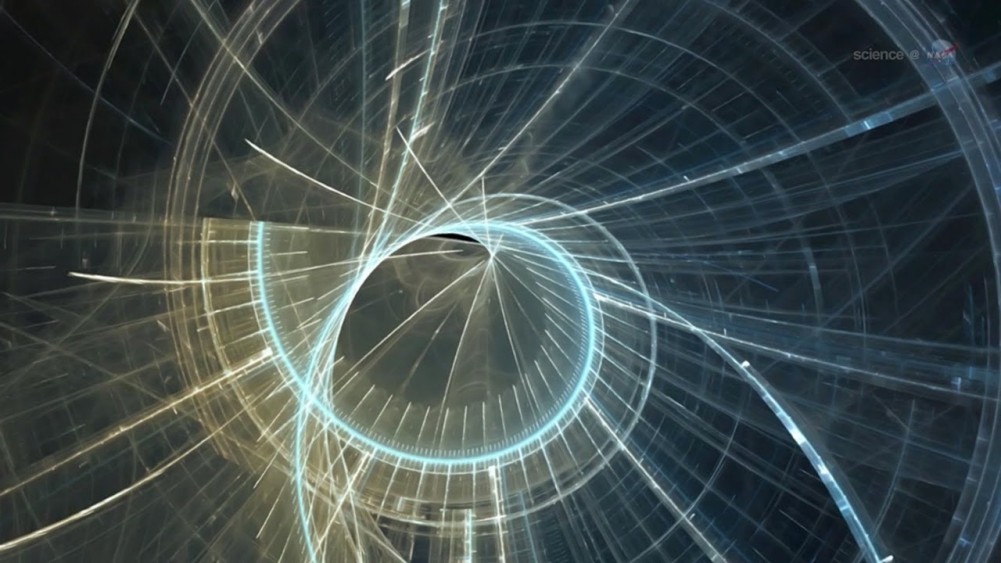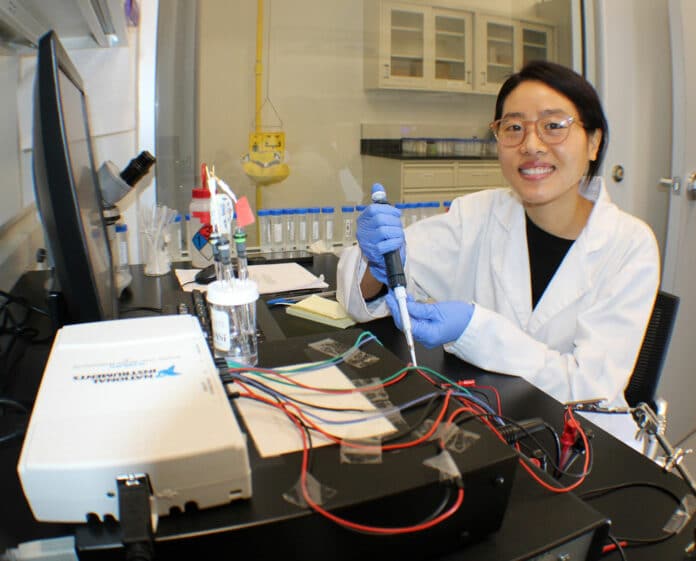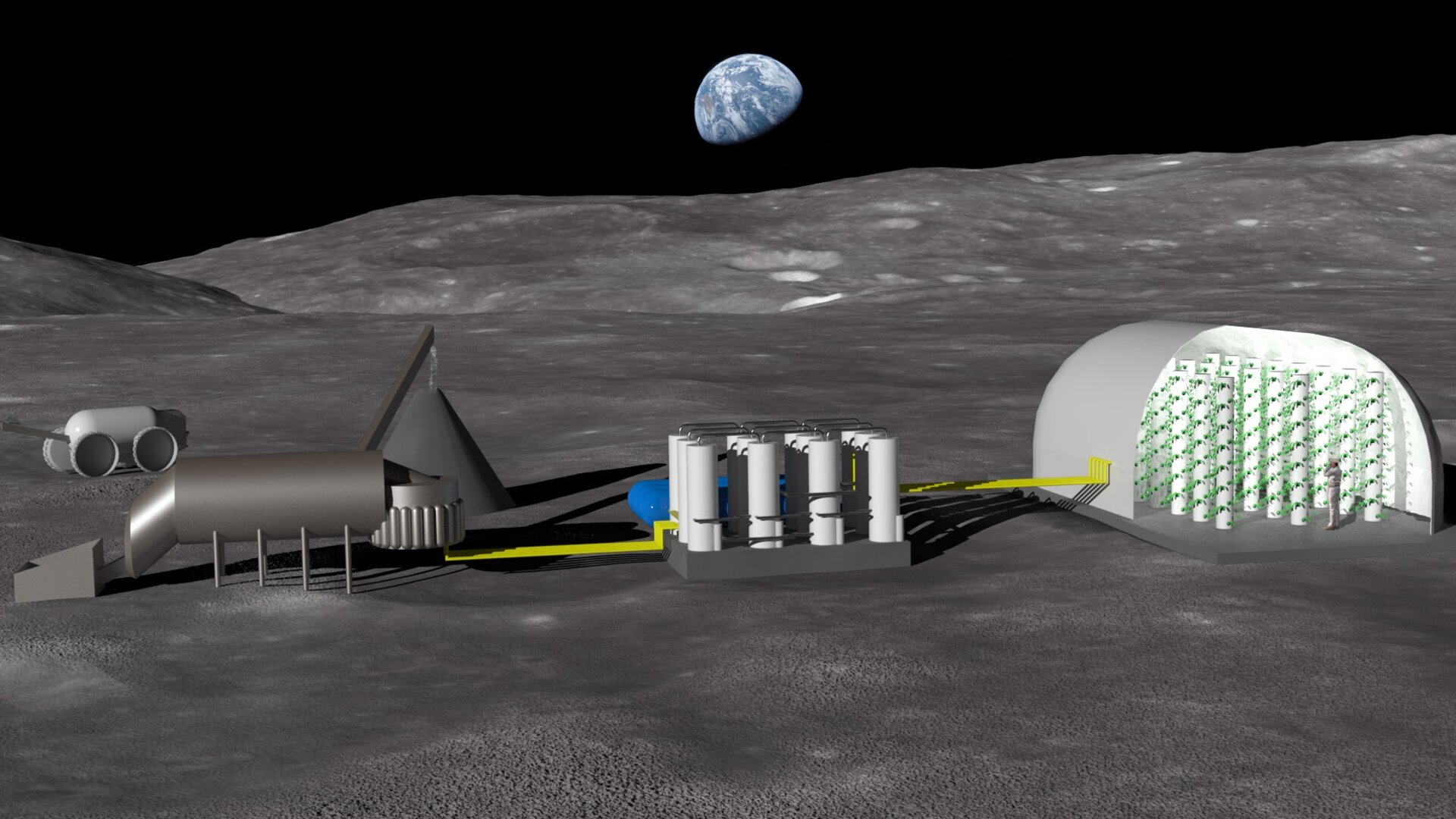Creating the Bose-Einstein Condensate with Cold Atoms
NASA’s Jet Propulsion Laboratory and Washington State University (WSU) have created a “super cool” experimental instrument known as the Cold Atom Laboratory (CAL), seeking to create the coldest points in the universe, about minus 459 degrees.
This will take place in CAL aboard the International Space Station (ISS) once it is launched in summer 2017. Ultimately, the purpose of the mission is to carry out experiments that will answer questions about deep space navigation and positioning, dark matter probes, and gravitational waves.
Studying Ultracold Quantum Gasses
The ISS has advantages including a microgravity environment which should be conducive to the formation of ultra-cold quantum gasses. The experiment will take place inside a vacuum chamber surrounded by a magnetic shield and will degenerate quantum gasses using a laser and optics subsystem. This setup in microgravity will allow researchers to observe cold atoms floating for long periods of time, during which precise measurements of weak forces can be made. The setup will also enhance the sensitivity of cold atom interferometry.
According to CAL, lasers will be used to chill rubidium and potassium to very low temperatures. CAL will use stochastic optimization during the cold atom experiment using genetic algorithms.
A paper in the New Journal of Physics, “Quantum test of the equivalent principal and space-time aboard the International Space Station,” explains the mission and technology in more detail.
The following video, “Creating the Coldest Spot in the Universe,” explains the Cold Adam Laboratory mission at NASA/JPL.







